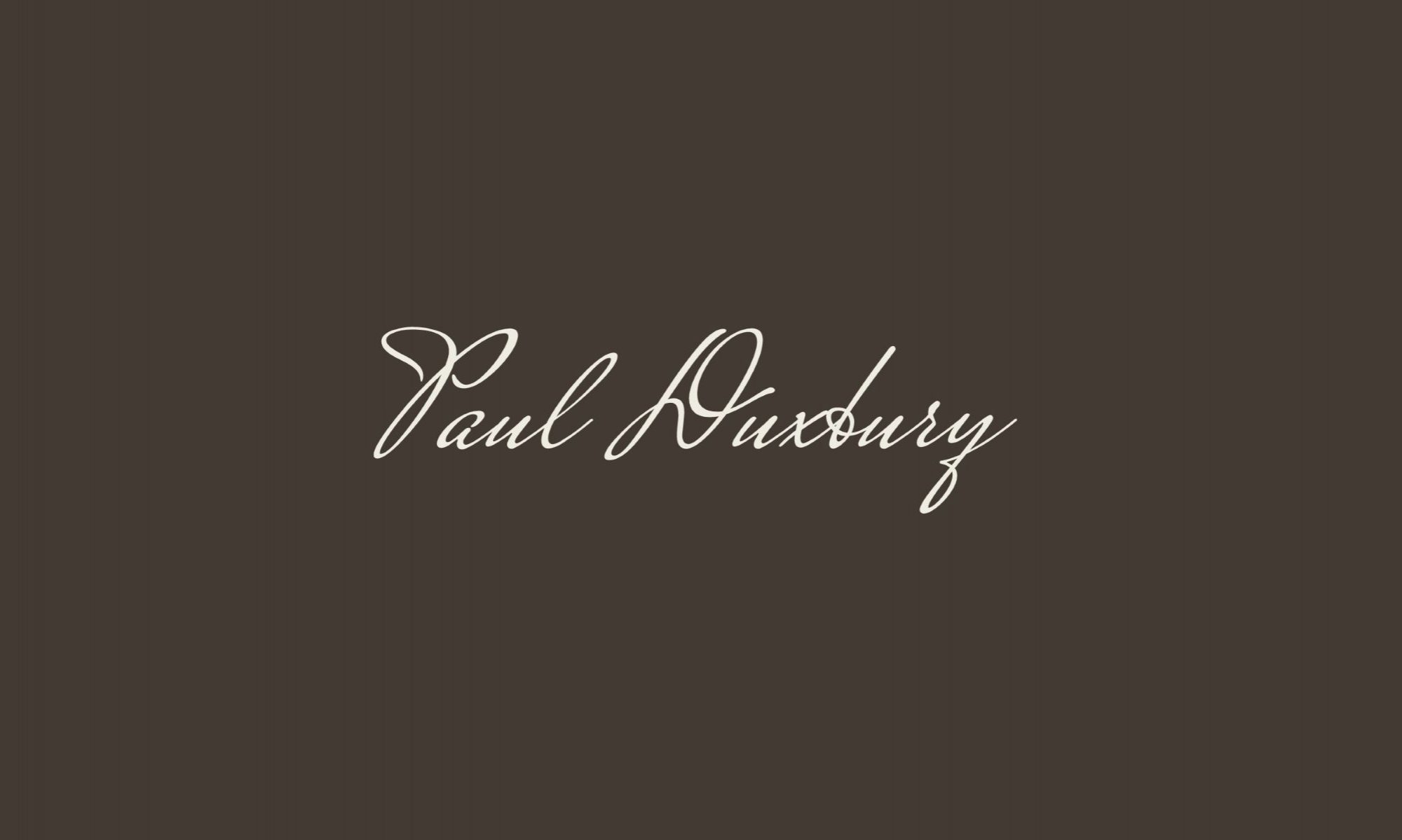When I was living and studying in Rome one of my favourite activities on the way back from lectures at the Gregorian University was to sit in Piazza Navona for an hour with a cup (or two!) of coffee and watch the world go by.
I have always been a great people watcher because just by observing people you can learn so much. As I am sure those of you who are familiar with Piazza Navona will be aware there is no better place to people watch. Observing the jugglers and entertainers, the tourists rushing to their next historic sight and of course the residents of Rome going about their business can give you some great insights.
So what’s all that got to do with the question I posed as the subject of this post you are wondering? Well a little like sitting in Piazza Navona watching the activities of your LinkedIn connections can be fascinating (you can find me here: Paul Duxbury) and insightful. You get to see the interesting people they are connecting with, they share posts that they find interesting and they offer their own posts and insights to engage you. Well, most of them do! Isn’t that what LinkedIn is all about? Building relationships, sharing interesting content and supporting people in your network? So why on earth would I be suggesting to a job seeker that you should consider disconnecting from people?
Let me set the scene for you! Early one morning a few weeks ago I received an invite to connect from someone I didn’t know, who had no photograph and who had used the default LinkedIn connection request with no personalisation. Now ordinarily I would have declined the connection. However, that particular morning for some reason I accepted the invitation. I say “for some reason” but perhaps on reflection I was opening myself to a learning experience without realising it and of course all learning experiences are good! Yes, I know it’s the Learning & Development Professional in me! For the sake of this post let’s call the person in question “Josephine.”
An hour or so later I logged back onto LinkedIn and was met by a long list of “Josephine has connected to…..” which I assumed must have been because the person in question was relatively new to LinkedIn and was connecting to people they knew – so I thought nothing of it.
But over the ensuing days I noticed, in fact I couldn’t fail to notice, that Josephine was connecting to between 10 and 30 different people every day. They hadn’t responded to the message that I sent them shortly after accepting their connection request nor had they shared anything, commented on anything or interacted in anyway. I reached the stage towards the end of last week that I started to wonder how many people they would have connected to since I last logged on! I also became aware of others who seem to have the same approach to their use of LinkedIn. I started to question the value I was getting from learning how many people they were connecting to each day. More importantly I began to realise that because my timeline was full of these “Josephine has connected to…..” I was missing updates from my other connections.
So over the weekend I decided to purge my LinkedIn connections and remove those that appeared to be simply treating it as a numbers game and adding dozens of connections every day.
So yes in my view there comes a point when you should disconnect from others on LinkedIn. If you are getting nothing from the relationship and the other party (Josephine) doesn’t appear to want to engage or interact then that’s the point at which to say “not tonight Josephine” – sorry a little corny I know!
LinkedIn is a professional network where you can engage with others, interact with them, learn from them and hopefully add something to the relationship. It’s not like Twitter where your sharing of content is on a much more superficial level because with LinkedIn you allow people into your network and share a lot about yourself that you may not choose to share elsewhere. Below is a brief Prezi that I created a little while ago which may help you with building relationships on LinkedIn.
